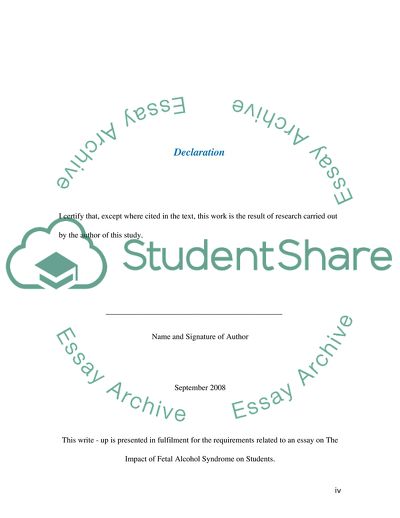Cite this document
(The Impact of Fetal Alcohol Syndrome on Students Essay, n.d.)
The Impact of Fetal Alcohol Syndrome on Students Essay. Retrieved from https://studentshare.org/social-science/1716106-impact-of-foetal-alcohol-syndrome-on-students
The Impact of Fetal Alcohol Syndrome on Students Essay. Retrieved from https://studentshare.org/social-science/1716106-impact-of-foetal-alcohol-syndrome-on-students
(The Impact of Fetal Alcohol Syndrome on Students Essay)
The Impact of Fetal Alcohol Syndrome on Students Essay. https://studentshare.org/social-science/1716106-impact-of-foetal-alcohol-syndrome-on-students.
The Impact of Fetal Alcohol Syndrome on Students Essay. https://studentshare.org/social-science/1716106-impact-of-foetal-alcohol-syndrome-on-students.
“The Impact of Fetal Alcohol Syndrome on Students Essay”. https://studentshare.org/social-science/1716106-impact-of-foetal-alcohol-syndrome-on-students.


